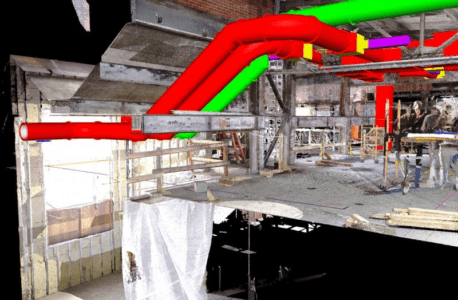The advanced technologies in the construction industry have stirred a transformative wave, with 3D scanning at the forefront, re-engineering traditional methodologies. 3D scanning, a revolutionary technology, accurately captures and digitizes the size and shape of an object or an environment. Whether for the interior or exterior of a structure, this process provides an exhaustive digital replica, transforming the way construction projects are perceived and executed.
The incorporation of 3D scanning into construction workflows has numerous benefits. One significant advantage is the enhancement of efficiency. With its high precision, the technology minimizes measurement errors, translating into reduced rework and consequent time and resource savings.
The three-dimensional models created from these scans serve as a crucial communication and planning tool. These realistic digital walkthroughs allow stakeholders to visualize complex aspects of a project, facilitating informed decision-making and improved collaboration among teams, clients, and contractors.
3D scanning also plays a pivotal role in the design phase of construction. It captures existing site conditions swiftly, enabling designers to integrate real-world elements into their designs. The amalgamation of virtual and physical spaces paves the way for improved design accuracy and stimulates innovative thinking.
Emphasizing sustainability, 3D scanning fosters responsible construction practices. By delivering precise data, it ensures optimal material utilization, contributing to waste reduction and sustainable construction.
3D scanning technology has indeed redefined construction norms. By fostering precision, improving communication, speeding up design processes, and supporting sustainability, it offers a considerable advantage, pointing the way toward the industry’s future.


